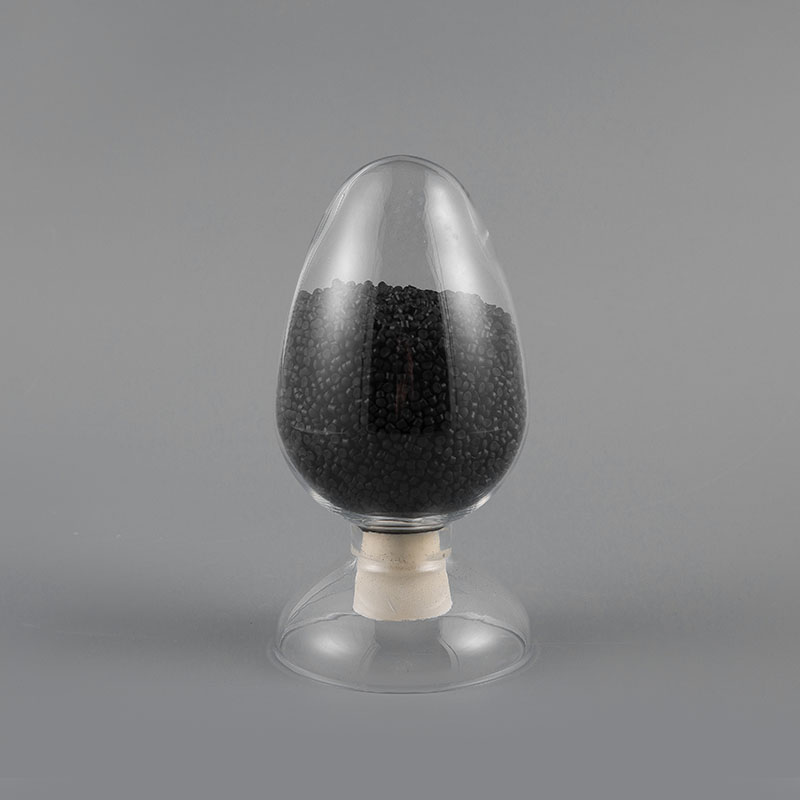High-voltage and ultra-high-voltage heating cable composite materials are polymer-based composite materials specially used to prepare heating cables that can withstand extreme conditions. The material needs to maintain excellent electrical properties, mechanical strength and thermal stability under extremely high voltage and pressure. Its typical application scenarios include deep-sea oil and gas exploration, petrochemical industry, and extremely cold or high temperature environments.
Key characteristics and performance requirements
In order to cope with extreme working environments, high-voltage and ultra-high-voltage heating cable composite materials need to meet a number of strict performance requirements, including but not limited to the following aspects:
Electrical insulation performance: Heating cables work under high-voltage conditions, requiring materials to have excellent electrical insulation properties to prevent current leakage and insulation breakdown. This requires the composite material to have high resistivity and low dielectric loss.
High temperature resistance: The heating cable will generate high temperatures during operation, and it also needs to be able to remain stable in extreme temperature environments, so the high temperature resistance of the material is particularly critical.
Mechanical strength and pressure resistance: Under ultra-high voltage, the cable material needs to have high mechanical strength and be able to withstand external forces such as tension and compression without deformation or breakage.
Chemical corrosion resistance: In petrochemical or deep-sea environments, materials must also have good chemical corrosion resistance and be able to work for a long time in chemical media such as acids and alkalis without damage.
Thermal conductivity: The heating cable needs to conduct heat effectively to achieve a stable heating effect. Therefore, the thermal conductivity of the composite material is also an important indicator that needs to be considered in the design.
Main material components
High-voltage and ultra-high-voltage heating cable composite materials are generally composed of a polymer matrix and functional fillers. The various components complement each other and give the material excellent comprehensive properties. Common main material components include:
Matrix material: Usually high-temperature resistant and aging-resistant polymer materials such as polyethylene (PE), polyvinylidene fluoride (PVDF), ethylene propylene rubber (EPR), etc. are selected. These materials have excellent electrical insulation, mechanical strength and chemical stability.
Functional fillers: Commonly used fillers include thermal conductive materials such as alumina (Al₂O₃) and magnesium oxide (MgO), which are designed to improve the thermal conductivity of composite materials. To enhance electrical insulation, electrical insulation enhancers such as silane coupling agents and titanium oxide (TiO₂) are also added.
Nanofillers: In recent years, nanomaterials (such as graphene, carbon nanotubes, etc.) have been used to modify composite materials to further improve their thermal conductivity and mechanical strength.
Preparation process
The preparation process of high-voltage and ultra-high-voltage heating cable composite materials is crucial. Its main process steps include mixing, extrusion molding, heat treatment, etc.:
Mixing: The matrix polymer and functional filler are evenly mixed to ensure that the filler is evenly distributed in the polymer matrix.
Extrusion molding: The mixture is processed into the required shape through the extrusion process for application in the production of cables.
Heat treatment: In order to enhance the thermal stability and mechanical properties of the material, a certain heat treatment is usually performed after the preparation, such as hot pressing or annealing.
Application examples
1. Heating cables in oil and gas extraction
Oil and gas extraction operations are usually carried out in extreme environments. High-voltage and ultra-high-voltage heating cables can provide necessary heating support for equipment in deep-sea high-pressure and high-salinity environments. Its excellent pressure resistance and thermal conductivity make this material popular in this field.
2. Deep-sea engineering
Deep-sea exploration and mining have extremely high requirements for the pressure resistance, corrosion resistance and electrical performance of cables. High-voltage heating cables are widely used in deep-sea engineering to prevent pipes from freezing due to low temperatures.
3. Heating systems in polar or high-temperature environments
In extreme low or high temperature environments, high-voltage and ultra-high-voltage heating cable composites can provide reliable heating support for buildings and equipment, thereby ensuring the normal production or life.

ML-ZRPE High Voltage Cable Flame Retardant Polyethylene Sheath Compound


 English
English 中文简体
中文简体 русский
русский






